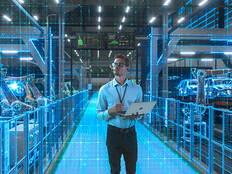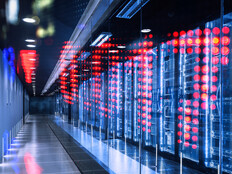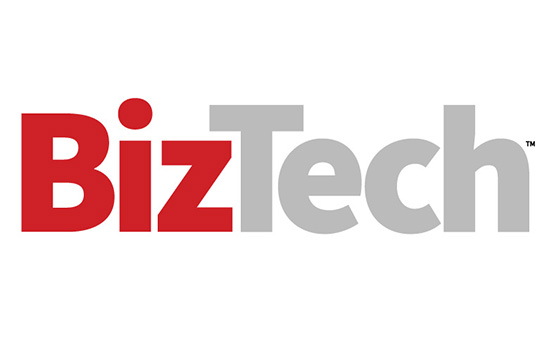Understanding Workforce 2.0
Workforce 2.0 is the next phase of the modern workforce which focuses on hybrid and remote work and integrating advanced technologies like automation to enhance productivity.
Companies are helping employees work smarter by deploying cloud-based collaboration tools, AI-powered workforce management platforms and secure mobile networks. IT modernization is at the core of Workforce 2.0. Cybersecurity is too: Teams must be trained to recognize and mitigate cyberthreats as energy infrastructure becomes more connected.
“Companies that are leveling up to Workforce 2.0 are placing their bets on enhanced human-machine teaming and entering into a new ‘lifestyle contract’ with their people that focuses on upskilling and well-being,” notes a recent Mercer report. “Staying ahead will require balancing economics and empathy in the pursuit of productivity, building a foundation of trust and equity to combat a growing sense of uncertainty, boosting organizational and individual resilience, and inspiring digital enablement.”
Here are some ways workforce 2.0 is taking shape in the E&U sector.
Digital Upskilling and the Rise of Smart Technologies
The grid is getting smarter. AI-driven grid management, Internet of Things-enabled monitoring and predictive analytics are becoming industry standards. And a recent Ernst & Young survey of over 1,000 energy industry participants found that most intend to keep investing in digital technology, viewing their ability to adopt these technologies as a competitive advantage. This means that E&U companies need workers who can operate and troubleshoot digital systems.
This is where upskilling comes in. More than half of the 12,000 C-suite executives surveyed in a Mercer report on global talent trends believe employee upskilling and reskilling can “move the needle” on productivity.
In fact, 75% of energy CEOs are upskilling or reskilling their workforces to meet future labor needs, with many turning to upskilling to produce generative AI talent in particular. And they aren’t doing it alone. Organizations are increasingly partnering with universities and working with companies such as CDW to launch in-house training programs and leverage virtual reality simulations, all with the aim of upskilling and training employees on new energy technologies.
EXPLORE: How AI is empowering people and transforming the workforce.
Automation and the Redefinition of Field Work
Drones, robotics and automation are reducing manual labor in E&U while increasing safety in hazardous environments. This is redefining field work as we know it.
Field technicians are now data analysts, using real-time insights from AI-driven tools to optimize maintenance schedules, detect faults before they occur and improve grid reliability. Companies are also deploying augmented reality solutions, allowing remote experts to assist onsite workers through smart glasses and mobile applications.
According to Panasonic, this trend is here to stay: “The growth of AI-powered solutions for utilities will only make these devices more critical. AI is transforming utility field work: “utilities saw up to 30% field services productivity improvements with AI-based scheduling.”
Talent Retention and the New Energy Workforce
The aging workforce in E&U poses another challenge that organizations must address proactively. Companies will soon be losing veteran employees, as roughly 25% of the industry’s workforce is reaching retirement age. And there may be a skills gap between those who retire and those hired in their place: At least 40% of businesses in the energy sector struggle to hire data scientists with the skills required to meet the challenges of a data-led future.
Because of this, it’s imperative for organizations to deploy and promote sustainability initiatives that attract younger talent so they can hire and retain remote cybersecurity experts, data scientists and cloud engineers from around the world in an increasingly digital workforce.
With an eye toward hiring the younger generation, Ally Energy notes: “To attract Gen Z employees, energy companies should showcase their commitment to sustainable energy, social justice and climate change. By addressing these issues and demonstrating their efforts, energy companies can appeal to Gen Z employees who share their values.”











